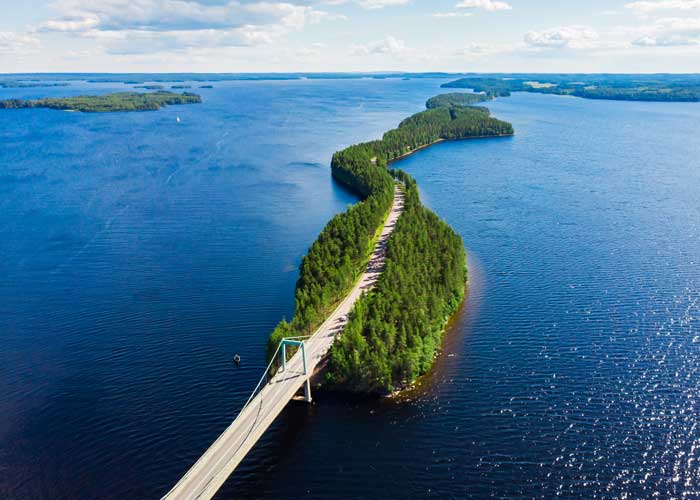Guide to Ecuador’s 11 National Parks (and 25 Reserves & Wildlife Refuges)
Love nature? Then Ecuador belongs at the top of your bucket list. In this post, we’ll cover all of Ecuador’s national parks, wildlife refuges, and ecological, biological, and geobotanical reserves. These 36 parks and reserves cover every part of the country and have something for everyone.
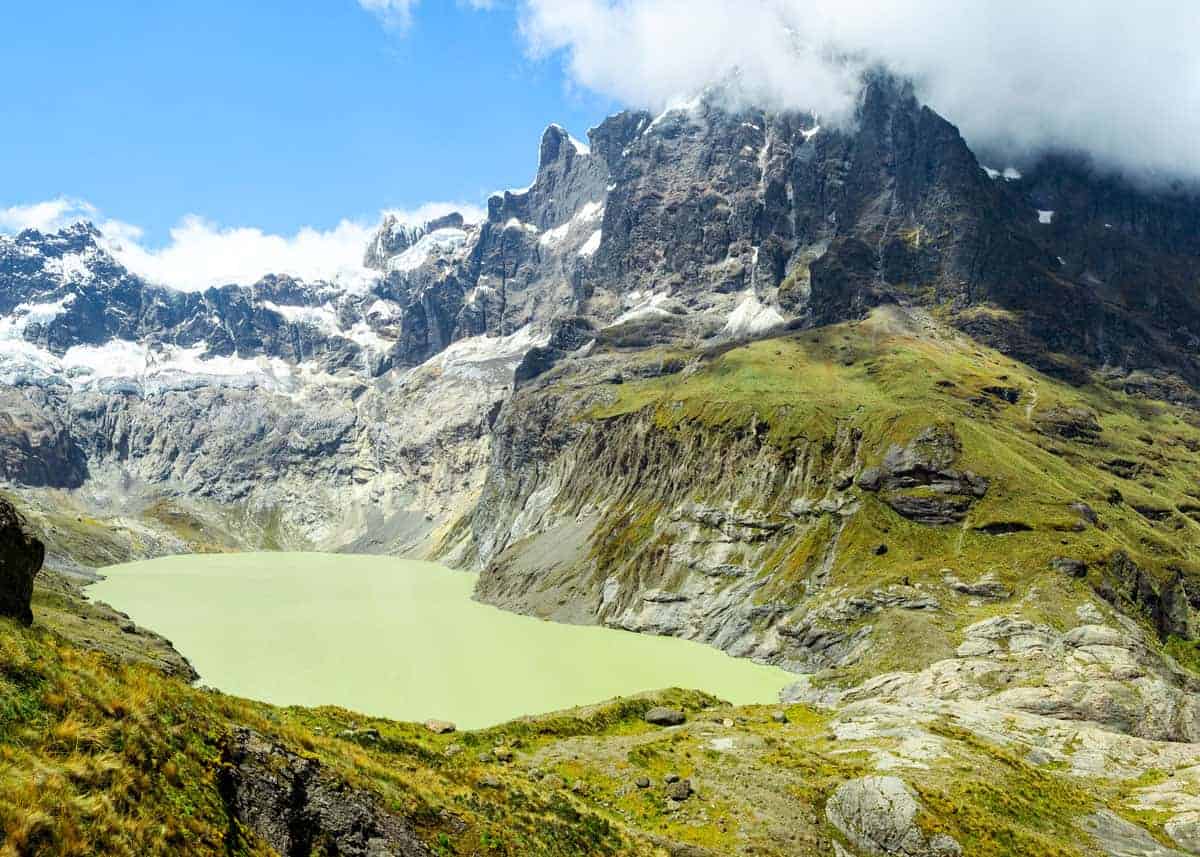
This post is divided into five sections: national parks, wildlife refuges, ecological reserves, biological reserves, and geobotanical reserves.
Guide to Ecuador’s 11 National Parks
To begin, we’ll cover Ecuador’s national parks. They are located in all four areas of the country: Amazon, Andes (sierra), Coast, and Galapagos.
There are 11 National Parks in Ecuador. Here they are, arranged alphabetically:
- Cayambe-Coca National Park
- Cotopaxi National Park
- El Cajas National Park
- Galapagos National Park
- Llanganates National Park
- Machalilla National Park
- Podocarpus National Park
- Sangay National Park
- Sumaco Napo-Galeras National Park
- Yacuri National Park
- Yasuni National Park
So let’s talk about each of these parks in a little bit more detail.
1. Cayambe Coca National Park
- Where: Sucumbios, Pichincha, Napo, and Imbabura province
- Why visit: Diverse habitats include paramo, cloud forests, and volcanoes, including Volcán Cayambe.
- Elevation: From 600 m to 5,790 m (1969 – 18996 ft)
- Land area: 1,556 mi2 (4,031 km2).
- Year established: 1970
Cayambe Coca is filled with natural beauty and a lot of water. There is a lot of fog and rain and many lagoons as well as rivers, wetlands, and waterfalls. So if you enjoy the beauty of water, this is the place for you!
You can see spectacled bears, Andean condors, and armadillos in Cayambe Coca. It is home to 106 species of mammals, 395 bird species, 70 reptiles, and 116 amphibians.
The protected area is also home to numerous indigenous communities, including the Quechua people of Oyacachi (Napo Province) and the Cofán people of Sinangoé (Sucumbíos Province).
Cayambe Coca National Park is home to Papallacta hot springs, Cayambe and Reventador volcanoes, San Rafael Waterfall, Paquiestancia virgin forests.
2. Cotopaxi National Park
- Where: Pichincha, Napo and Cotopaxi provinces (50 km south of Quito)
- Why visit: Amazing volcano, the 2nd highest peak in Ecuador
- Elevation: 5,897 m (19,347 ft) at peak of Cotopaxi volcano
- Land area: 129 mi2 (334 km2).
- Year established: 1975
Cotopaxi National Park is located in the province of Cotopaxi and contains a volcano by the same name.
Some even climb the volcano, but for this, you will want a highly experienced mountain guide.
The climb is not said to be exceptionally difficult but the altitude is a factor, as well as limited knowledge of the terrain.
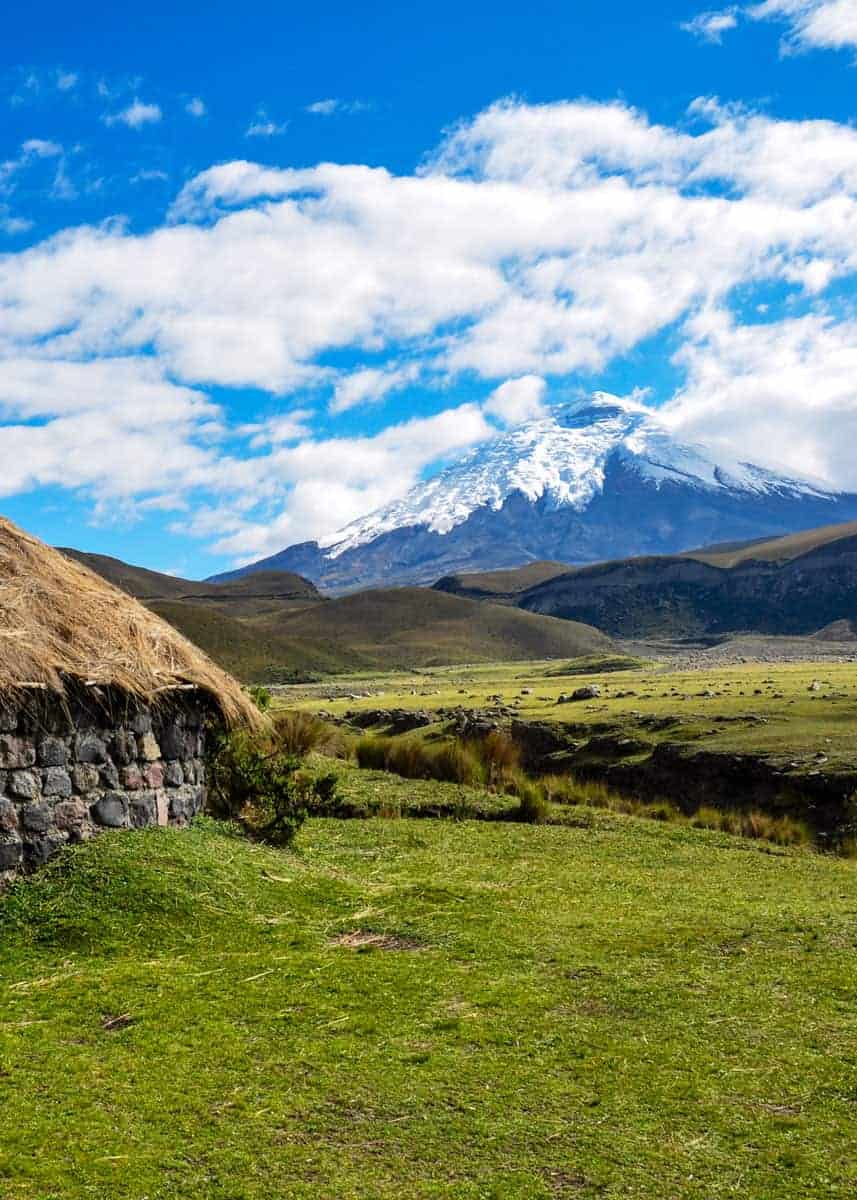
You can visit Cotopaxi National park on a day trip and go hiking, mountain biking or horseback riding.
A couple of the better tour companies include Metropolitan Touring and Surtrek.
If you want to summit Cotopaxi volcano, you can hire Gulliver Expeditions or Cumbre Tours – they are both experienced operators on the volcano.
3. El Cajas National Park
- Where: Azuay province (30 km from Cuenca)
- Why visit: 270 lakes, unique flora and fauna, as well as foggy romantic beauty
- Elevation: 4,450m (14,600 ft) at its peak
- Land area: 110 mi2 (285 km2).
- Year established: 1996
- Learn more: Hiking in Cajas National Park
Cajas is a gorgeous park. It’s a little damp, chilly, and a bit foggy. But it has this mysterious beauty about it that you can’t miss.
“Cajas” comes either from the Quichua (indigenous language) word “cassa,” which means “gateway to the snowy mountains,” or “caxa” meaning “cold” in Quichua. Both of these names are fitting, the Cajas are definitely chilly.
In Spanish, the word cajas means boxes.
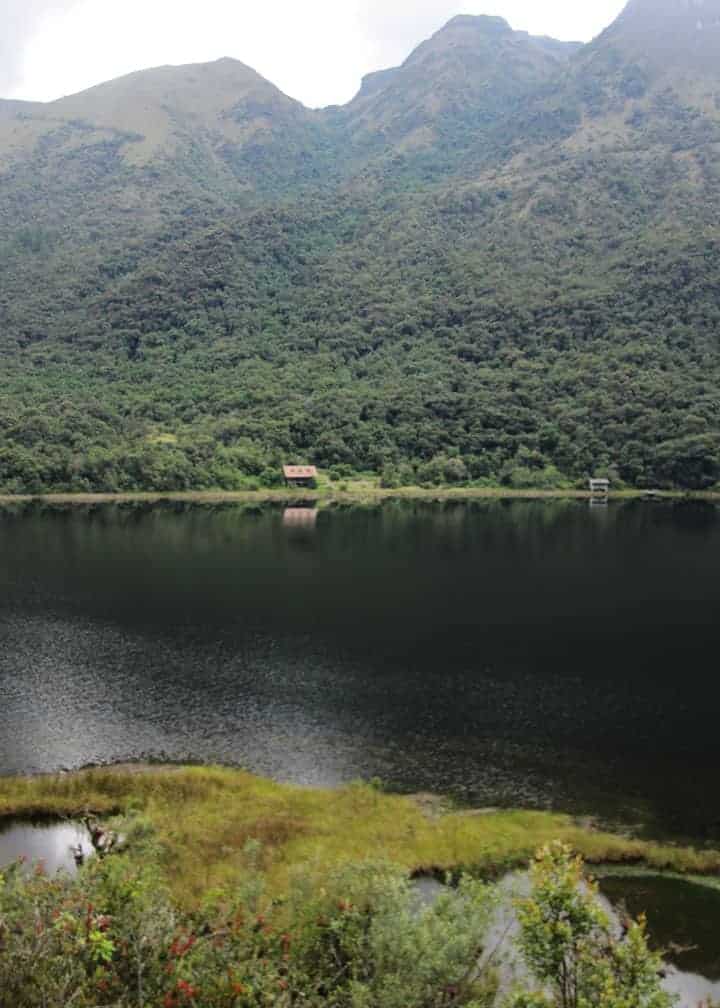
The Cajas has a population of endemic and endangered animals, such as the violet-throated metaltail hummingbird, curiquingue (caracara), the giant hummingbird, and the South American condor, just to name a few.
El Cajas is home to polylepis, the paper tree which grows above 3,300 meters. The flora is also beautiful and unique, such as the rare and threatened Fuchsia campii.
You’ll also find 157 bird species making this park especially popular with birdwatchers. Here are some of the best compact binoculars for your trip.
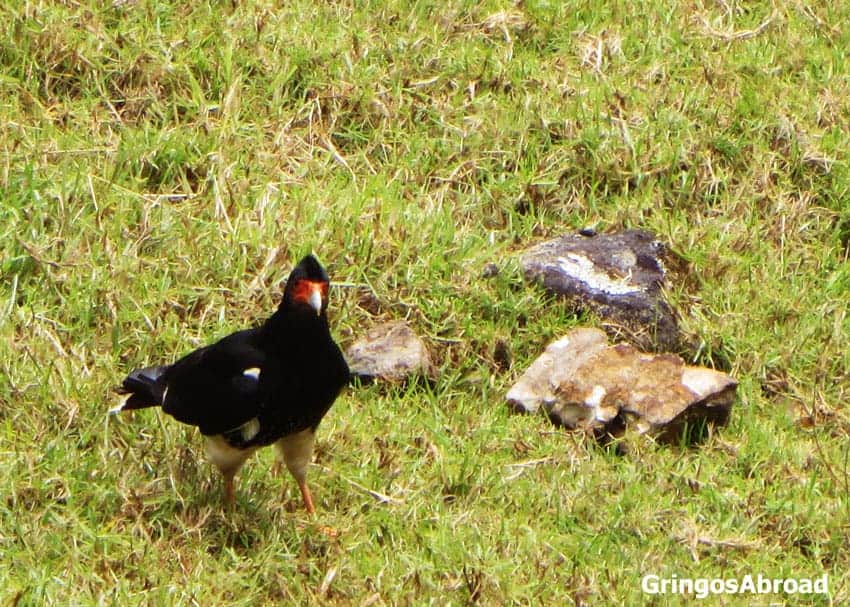
4. Galapagos National Park
- Where: Galapagos Islands
- Why visit: Abundant and unique plant and animal life. Beautiful scenery.
- Elevation: From sea level to 1,700 m (5,600 ft). The highest point in the Galapagos is Volcán Wolf on Isabela Island.
- Land area: 3,087 mi2 (7,995 km2).
- Year established: 1959
- Learn more: Guide to Galapagos Airports and Reasons to Visit Galapagos Islands
Galapagos National Park was Ecuador’s first national park and is a UNESCO world heritage site. It encompasses 97% of the Galapagos Islands.
The Galapagos Islands are one of the most amazing places on the planet. They host so many endemic and endangered animals.
Galapagos animals aren’t afraid of you, they will just curiously watch you.
Because pretty much everything is protected on the islands, you aren’t allowed to touch or feed the animals, and you aren’t allowed to remove anything native from the islands.
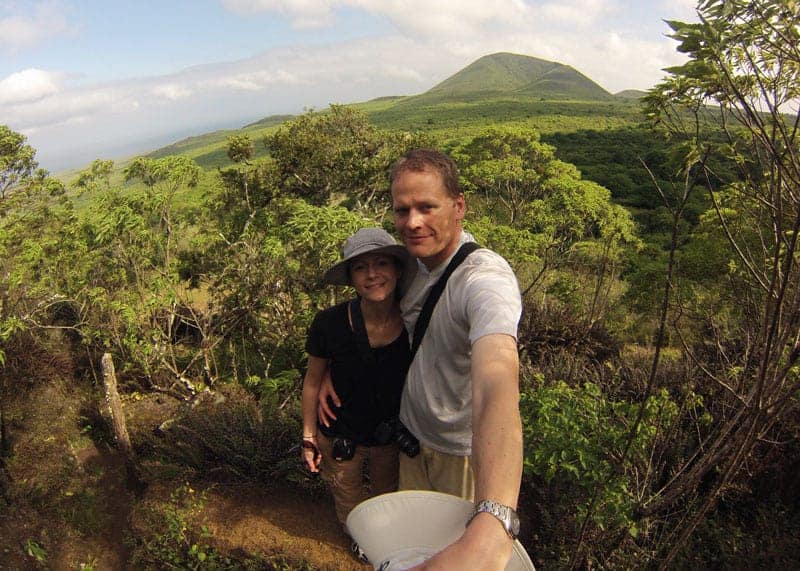
Much of the travel in the Galapagos is by boat. You can only fly into Baltra (to arrive in Santa Cruz Island) and San Cristobal. Even to get to Santa Cruz, you have to take a small boat to cross Itabaca Channel.
The first few times we traveled, we just used regular luggage – and our stuff got wet. On our last trip, we traveled with a dry bag and kept all our important stuff dry – in spite of the spray coming off the ocean. Here are our picks for the best dry bags.
Attractions in the Galapagos Islands include: Sierra Negra Volcano, Las Grietas, Floreana Island, and Tortuga Bay.
Learn more with these 25 Galapagos Islands Facts.
5. Llanganates National Park
- Where: Tungurahua, Pastaza, Napo, and Cotopaxi provinces
- Why visit: Diverse flora and fauna, as well as the legendary “Treasure of the Llanganatis”
- Elevation: 1,200 – 4570 m (3937 – 15,000 ft)
- Land area: 848 mi2 (2,196 km2).
- Year established: 1996
Llanganates is located east of Ambato and north of Banos. It has a diverse landscape of high valleys and mountainous peaks. A great place to come for hiking, camping, horse riding, and mountain climbing.
The Treasure of the Llanganates was supposedly hidden in Llanganates mountains by Inca general Rumiñahui. It is said to include gold, silver, platinum, and electrum artifacts and treasure.
As the legend goes, Rumiñahui was traveling to Cajamarca to pay the ransom for Atahualpa (Inca king). When he learned that the king had been killed, he diverted the treasure and hid it in a cave or lake.
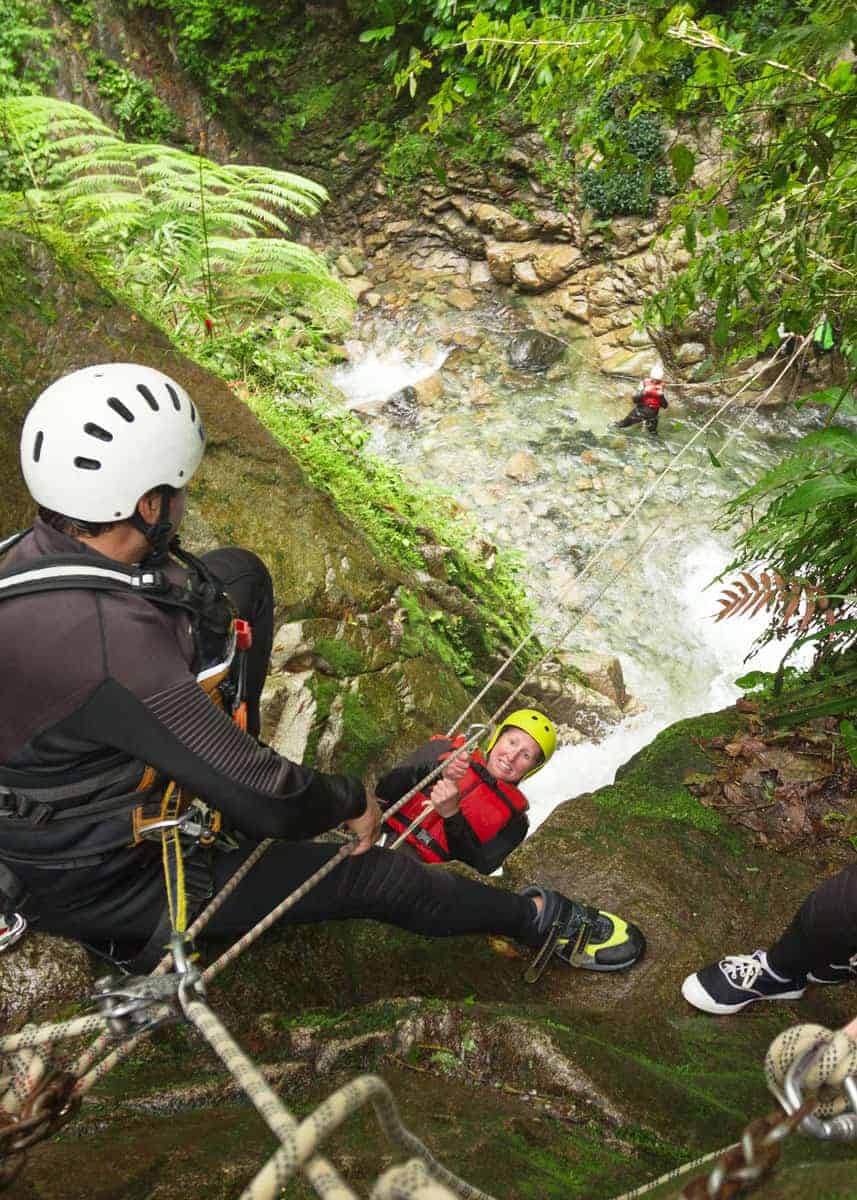
Attractions in Llanganates include Cerro Hermoso, birding, and hiking. Recently discovered 260 sq ft Inca ruins, 20 miles from Banos, have become an attraction – with more than 30 artifacts already discovered.
6. Machalilla National Park
- Where: Manabi province
- Why visit: Very diverse: is home to beaches, dry forest and fog forest, and two islands.
- Elevation: sea level to 98 m (320 ft)
- Land area: 290 mi2 (751 km2).
- Year established: 1979
Isla de la Plata is rumored to conceal a large horde of silver from Sir Francis Drake. It has also been dubbed “Poor Man’s Galapagos”.
The park has two species of monkeys and over 270 species of birds. Machalilla National Park is home to the waved albatross – the only habitat outside of the Galapagos Islands.
There are humpback whale breeding grounds in the marine portion of the park.
Whatever your interest, you’ll probably find something to occupy you here. Some popular attractions include Isla de la Plata, Los Frailes Beach, Agua Blanca, and El Rocio Eco Trail.
You’ll find Manta and Portoviejo north of the Machalilla – two cities in Ecuador, each with over 200,000 inhabitants. Also the nearby community of Machalilla.
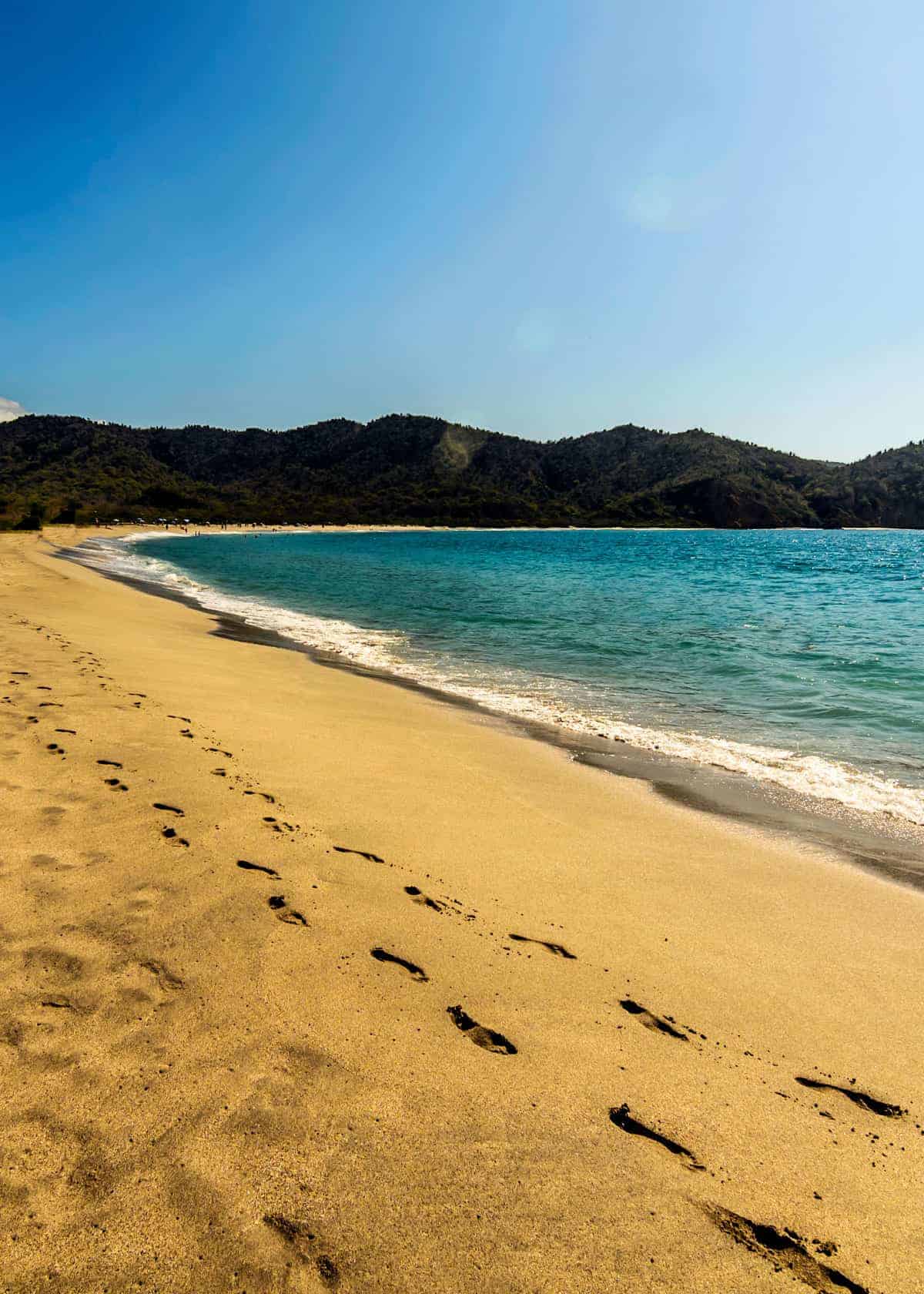
Machalilla National Park is home to some of the most secluded beaches in Ecuador.
7. Podocarpus National Park
- Where: Loja and Zamora Chinchipe provinces, in southern Ecuador
- Why visit: Diverse flora and fauna
- Elevation: 700 – 3,700 m (2297 – 12,139 ft)
- Land area: 565 mi2 (1463 km2).
- Year established: 1982
- Learn more: 7 Reasons to Visit Podocarpus National Park
Podocarpus has a diverse flora population, with 40% of the 4000 plant species being endemic.
It is also home to the rare spectacled bear, jaguar, and mountain tapir, as well as 560 bird species.
This high number of bird species accounts for 40% of all species in the country and 6% of all bird species worldwide.
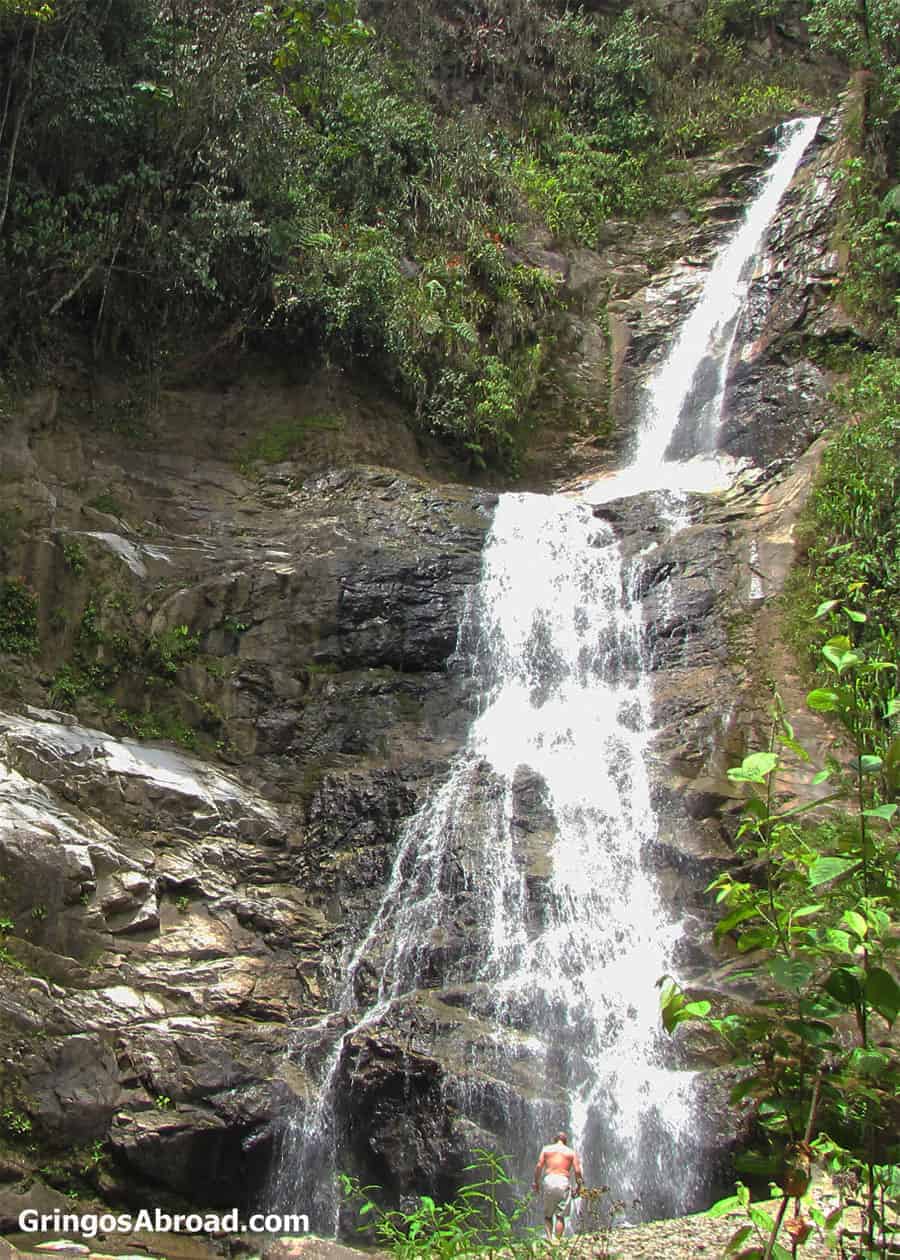
The park is located in southern Ecuador, near the border with Peru. The nearest center is the city of Loja. It spans from lower montane rain forests (1000 m) up to elfin forests (3000 m).
There are two main entrances to Podocarpus: Cajanuma Sector and Bombuscaro Sector. An additional two entrances (Cerro Toledo and Romerillos Sector) don’t have guards.
The rainy season in eastern Podocarpus is March through July. In the western section of the park, rainy season is from October through December.
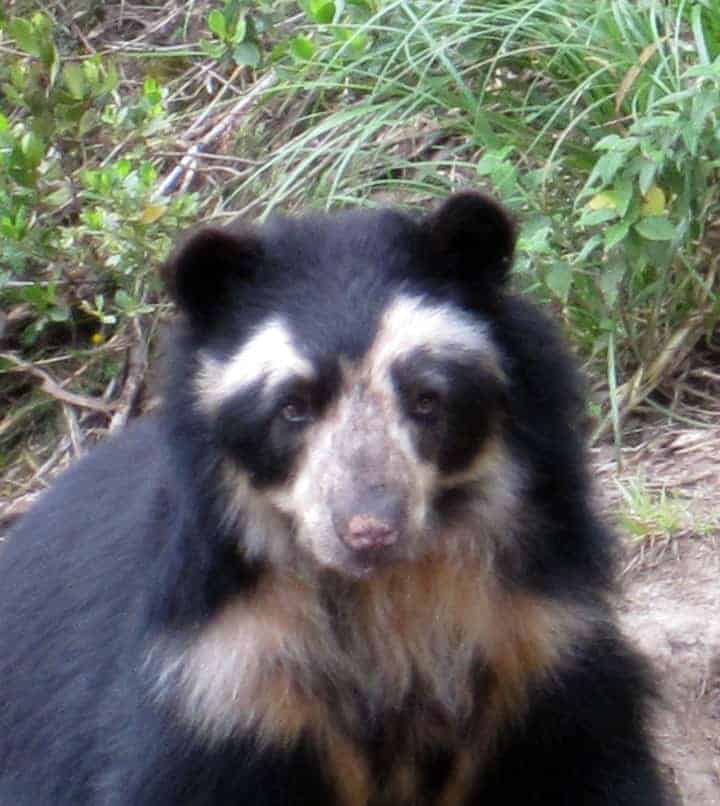
8. Sangay National Park
- Where: Tungurahua, Chimborazo, and Morona Santiago provinces
- Why visit: Rare wildlife, 2 active volcanoes, 1 extinct volcano, and a diverse ecosystem ranging from glaciers to tropical rainforest
- Elevation: 900 – 5,319 m (2,953 – 17,451 ft)
- Land area: 2,000 mi2 (5,180 km2).
- Year established: 1979
Sangay is a truly unique place, home to rare and endangered animals, like the mountain tapir. It also has 2 active volcanoes: Sangay and Tungurahua, which is constantly puffing out little plumes of ash. El Altar is the extinct volcano in the park.
The ecosystem in Sangay is very diverse. You have tropical rainforests, volcanoes, and glaciers all in one park.
Sangay is the largest protected area in the Sierra. Unfortunately, not all of the park is easily accessible to visitors.
The park is home to spectacled bears, giant otters, ocelots, Brazilian tapir, and more than 300 species of birds.
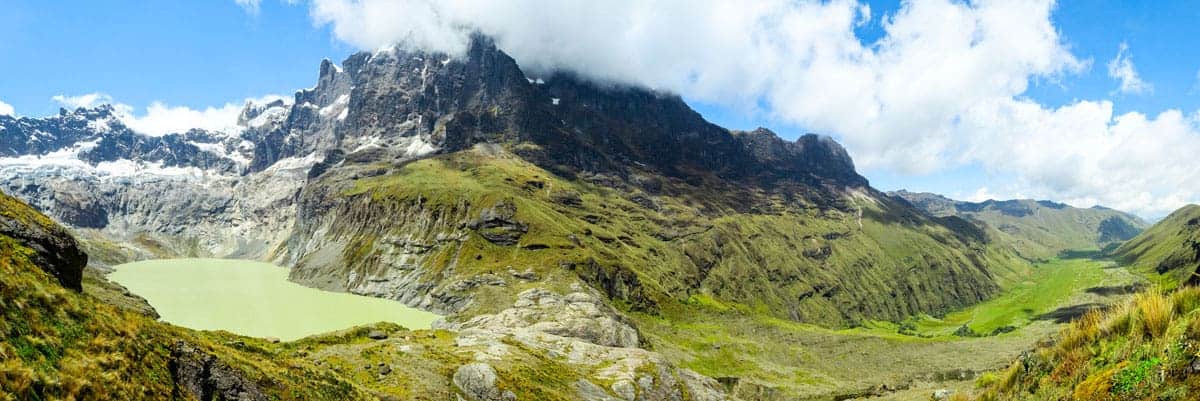
Sangay National Park was listed as a UNESCO World Heritage Site in 1983.
9. Sumaco Napo-Galeras National Park
- Where: Sucumbios, Orellana, and Napo provinces
- Why visit: Ruggedly beautiful, home to Sumaco volcano.
- Elevation: 600 – 3,732 m (966 – 6,006 ft)
- Land area: 798 mi2 (2,067 km2).
- Year established: 1994
This park hasn’t been thoroughly explored yet, so it has a very mysterious and rugged beauty. Many people come here for rafting, hiking, and mountain climbing. Sumaco Napo-Galeras is located east of the city of Quito.
There are 280 registered bird species in Sumaco Napo-Galeras National Park. But it’s felt that the number is probably much higher – because this national park has not been thoroughly explored.
The park is home to giant anteaters, cougars, mountain tapir, and the spectacled bear.
10. Yacuri National Park
- Where: Zamora Chinchipe and Loja provinces
- Why visit: Many ecosystems and diverse flora and fauna
- Elevation: 4,474 – 7,084 m (7,200 – 11,400 ft)
- Land area: 166 mi2 (431 km2).
- Year established: 2009
Yacuri National Park is Ecuador’s newest national park. It is located in the south of the country, west of Podocarpus National Park.
Yacuri’s ecosystems include a cloud forest and brush plains, among others. Among the diverse fauna is the endangered mountain tapir and spectacled bear, as well as the vulnerable cougar.
The park also has over 46 high-altitude lakes. And the headwaters for two water basins (Chinchipe-Mayo (east) and Catamayo-Chira (west)) are found in Yacuri National Park.
Yacuri is home to 280 plant species, with 32 of these being endemic to the park.
Some attractions in Yacuri include Laguna Negra (a caldera lake), Inca Road System (Qhapaq Ñan), Cascadas Cofriadas, and Laguna Yacurí (the largest lake in the park).
11. Yasuni National Park
- Where: Pastaza and Orellana provinces
- Why visit: The most biodiverse place in the world
- Elevation: 620-1250 feet (189-381 meters)
- Land area: 3,793 mi2 (9,823 km2).
- Year established: 1979
- Learn more: Guide to Yasuni National Park
Yasuni is famous for being the most biodiverse place on our planet.
Yasuni is located in the Amazon Basin (the world’s largest rainforest) at the base of the Andes mountains. Because of this, the park stays warm and has plentiful rainfall all year round.
There are also two rivers that flow through the park: the Curaray and the Napo.
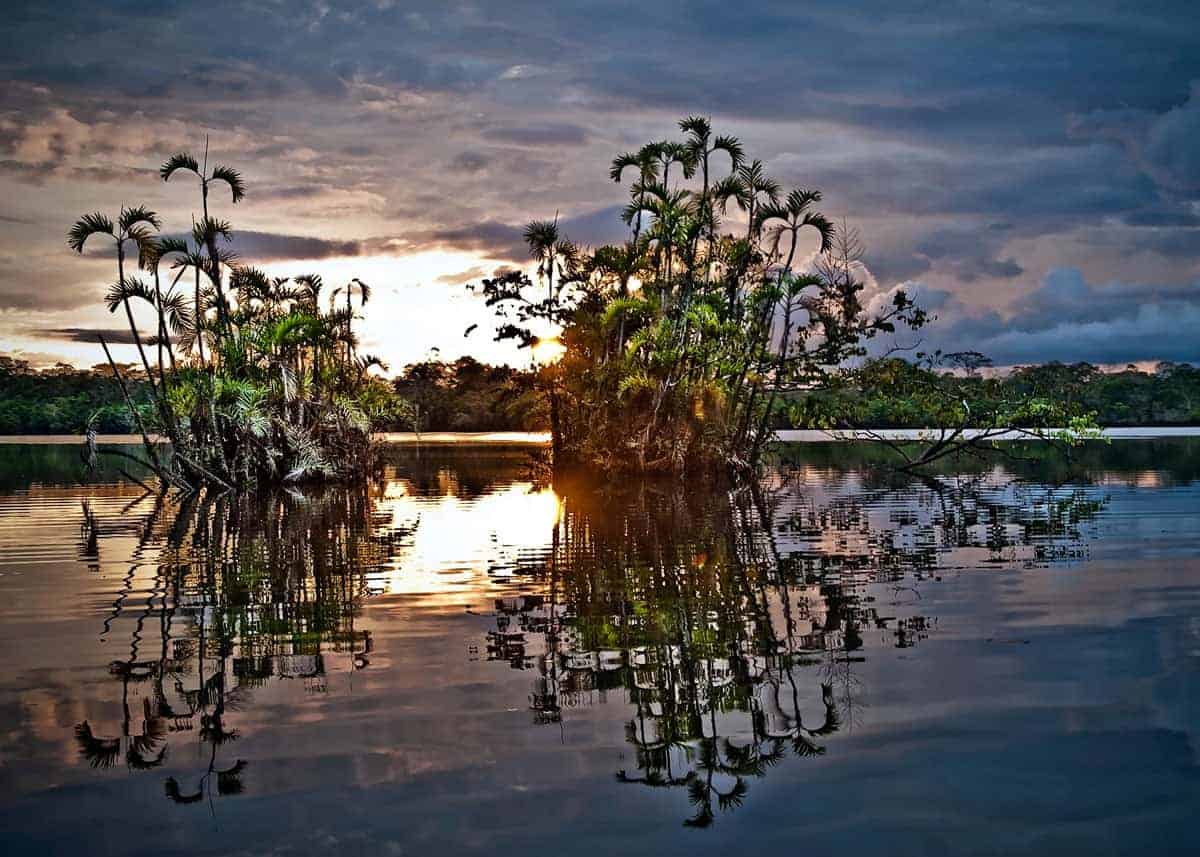
There are so many different species of animal and plant life in Yasuni, and more are being discovered all the time! A respected travel agency is the best way to visit Yasuni.
Make sure you travel with an official and certified naturalist tour guide.
This is safer as they know the area and the terrain, but you will also enjoy your visit much more because your guide can point out plants or animals that you may not see otherwise.
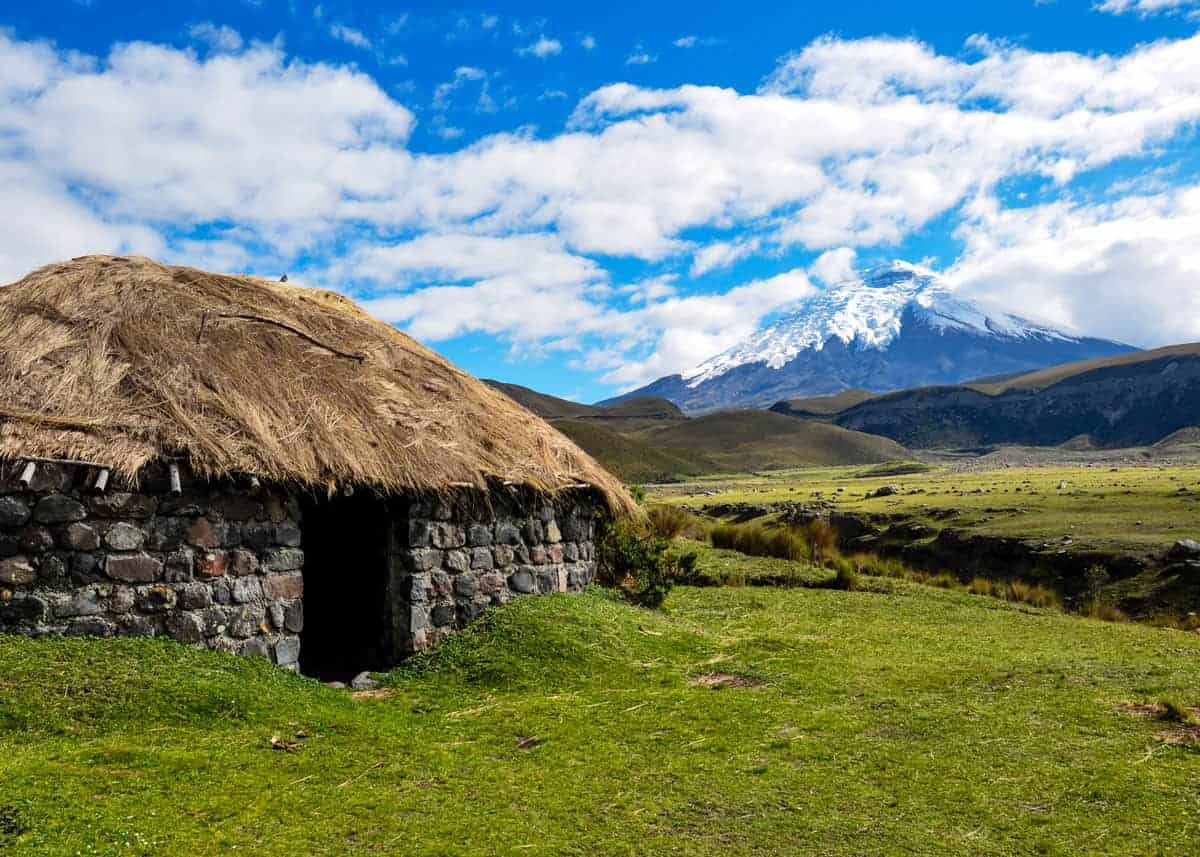
9 Ecological Reserves in Ecuador
- Antisana Ecological Reserve: Cover 120,000 hectares on the side of snow capped Antisana Volcano, Ecuador’s 4th largest. Read more about summiting Antisana.
- Arenillas Ecological Reserve: Located in El Oro Province, this 17,083 hectare reserve protects mammals like the Pacific spiny-rat, the jaguarundi, greater bulldog bat, vampire bat, and Guayaquil squirrel. It’s also home to three endangered birds: grey-cheeked parakeet (Brotogeris pyrrhoptera), slaty becard (Pachyramphus spodiurus), and blackish-headed spinetail (Synallaxis tithys). This reserve is managed by the Ministry of Defense and permission is required to enter.
- Cofán-Bermejo Ecological Reserve: This 405,000 hectare reserve is managed by the Cofan people in northeast Ecuador. This small group (roughly 2,100 individuals) is working to establish animal populations of turtles and caiman. Many animals that are endangered in other parts of Ecuador (tapir, pink dolphin, and several monkeys) have healthy populations in the reserve.
- Cotacachi Cayapas Ecological Reserve: This 304,418 hectare reserve is located northwest of Quito. It has limited farming and tree planting (pine or eucalyptus) so the original highlands remain intact. Efforts to maintain this area as pristine, without introduced plant species are having success. Cuicocha Lake and the Cotacachi Volcano are both located inside the reserve.
- El Angel Ecological Reserve: This reserve is located in Carchi Province and includes Cerro Golondrinas Cloudforest, Cerro Socabones, and El Voladero (campground with two lakes).
- Illinizas Ecological Reserve: This protected area covers 149,900 hectares and is located in Alangasi, just south of Quito. Sometimes it’s referred to as Illinizas National Park, but it’s still just an ecological reserve. Illinizas is a popular destination for hikers and climbers. The Illinizas are twin volcanic mountains, separated by saddle that’s about a kilometer long.
- Mache-Chindul Ecological Reserve: This reserve is located in Esmeraldas and Manabi provinces. It covers 119,172 hectares and includes both tropical rain forests and dry forests. It includes the Cube Lagoon – a wetland area designated of significance. Birds found here include the long-wattled umbrellabird, plumbeous forest falcon, blue-whiskered tanager, Guayaquil woodpecker, and orange-fronted barbet.
- Manglares Cayapas Mataje Ecological Reserve: This reserve is located in Esmeraldas Province, on the border with Colombia. It includes Isla Santa Rosa and Isla Canchimalero and both Cayapas and Mantaje Rivers. This reserve protects the mangroves, which can grow up to 60 meters tall – considered to be the largest in the world.
- Manglares Churute Ecological Reserve: This reserve is located in Guayas province, just 25 miles (40 km) from Guayaquil. This is an easy reserve to visit – it’s popular for hikers and canoe trips through the mangroves.
5 Biological Reserves in Ecuador
- Cerro Plateado (Silver Hill) Biological Reserve: This reserve is very remote, located in southern Ecuador on the border with Peru. It protects Amazon cloud forests and alpine tundra.
- Chocó Andino de Pichincha Biosphere Reserve: This reserve was recognized by UNESCO on July 25, 2018. Its surface area of 286,805 hectares (including core, buffer, and transition zones) covers two ecoregions: humid forest lowlands of the Choco – Darien and the Northern Andean Mountain Forests. So far, 10,000 plant species have been reported with 25% of these being endemic.
- El Quimi Biological Reserve: Further north from Silver Hill, is El Quimi.
- El Cóndor Biological Reserve: And just a little further north from El Quimi is El Cóndor Biological Reserve. All there reserves are related and all are very remote. They remain somewhat of a secret (despite being published on Ecuador’s Ministry of Environment site).
- Limoncocha National Biological Reserve: This is only one of two biological reserves in Ecuador that isn’t in the south. Limoncocha is found in northern Ecuador, 229 miles from Quito. At just 13,000 acres, it’s not that large. It features a lagoon landscape and a Quichua community lives on the Limoncocha Biological Reserve.
1 Geobotanical Reserve in Ecuador
- Pululahua Geobotanical Reserve: This is only one of two inhabited volcanic craters in the world. And it is the only one that is commercially farmed. Pululahua is a Quichua word that means “cloud of water”. It was declared a geobotanical reserve because of its geological uniqueness, producing a diversity of birds, animals, insects and plant life. A few highlights to check out include: The Chivo Rock, Limestone Kilns, The Pondoña Hill, and El Mirador.
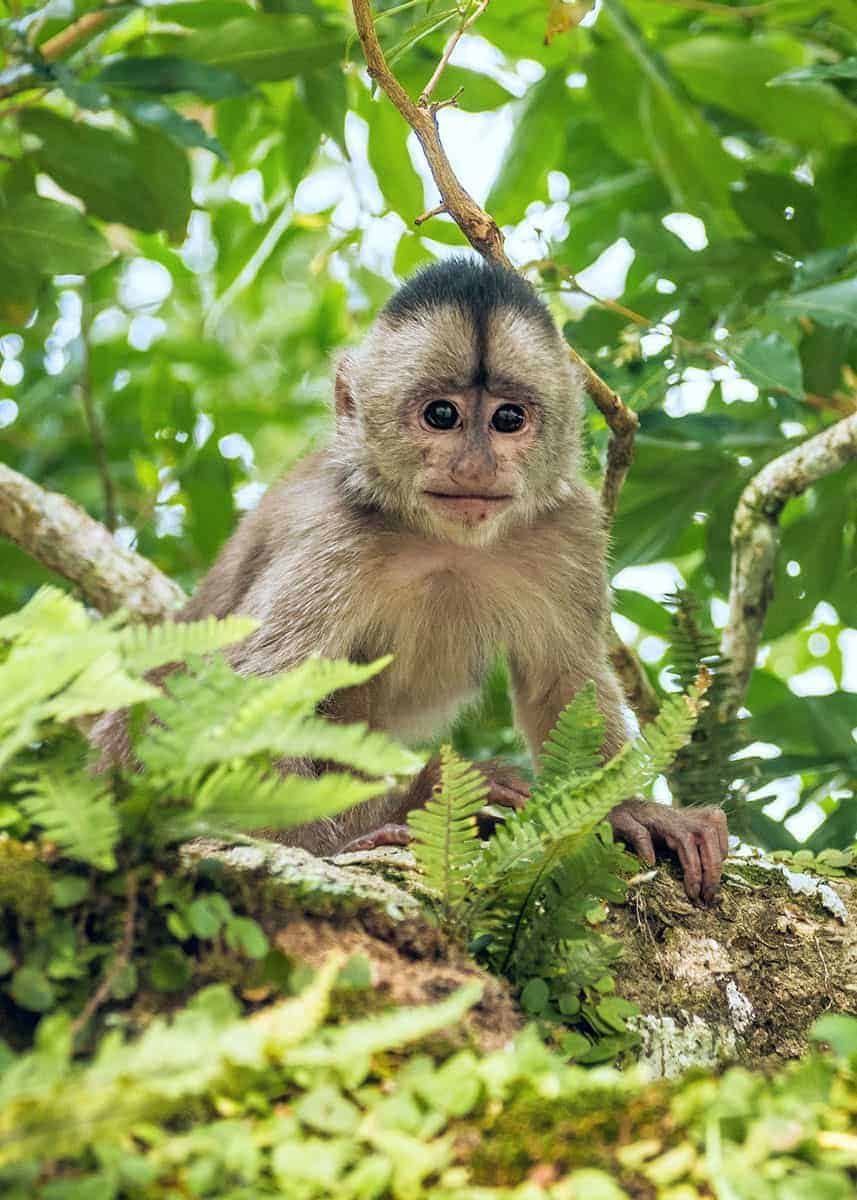
10 Wildlife Refuges in Ecuador
- El Morro Swamps Wildlife Refuge
- El Pambilar Wildlife Refuge: This area projects a section of tropical rainforest known as Choco. This type of rainforest extends from Panama, through Colombia and into the northwest of Ecuador.
- El Zarza Wildlife Refuge: It is felt that this area has diversity equal to Yasuni, but in a smaller area. Within the last five years, many new species have been discovered, including 65 orchids, a carnivorous plant, and a marsupial shrew.
- Isla Corazón y Fragatas Wildlife Refuges: This area is located at the mouth of Chone River and protects mangroves. The mangrove habitat is a nesting site for seabirds and shorebirds, including a colony of frigatebirds. Some other species that nest here include ibis morito, American oystercatcher, blue heron, night heron, and cormorants.
- Isla Santa Clara Wildlife Refuge: This is a protected island reserve located west of Machala and south of Guayaquil in southern Ecuador. It is gaining popularity because it has Galapagos wildlife but can be done on a day trip. Expect to see blue-footed boobies, sea lions, frigatebirds, pelicans, sea lions, and lizards. Just 44 people can visit each day. You might even see whales from July through September.
- La Chiquita Wildlife Refuge: This was established to study trees typical to northwest Ecuador.
- Pacoche Wildlife Refuge: A walking tour with a guide (compulsory) takes you through the park. You can see monkeys, lizards, tarantulas, squirrels and birds. Best to go early morning or late afternoon for the most wildlife activity. Located in Manabi Province.
- Pasochoa Wildlife Refuge: This 500-hectare area is located in the Pasochoa Volcano crater. The Refuge is home to 14 hummingbird species, pumas, white-tailed deer, and pygmy owls. 52 species of medicinal plants have been identified within the refuge.
- Rio Esmeraldas Estuary Swampland Wildlife Refuge
- Rio Muisne Estuary Swampland Wildlife Refuge
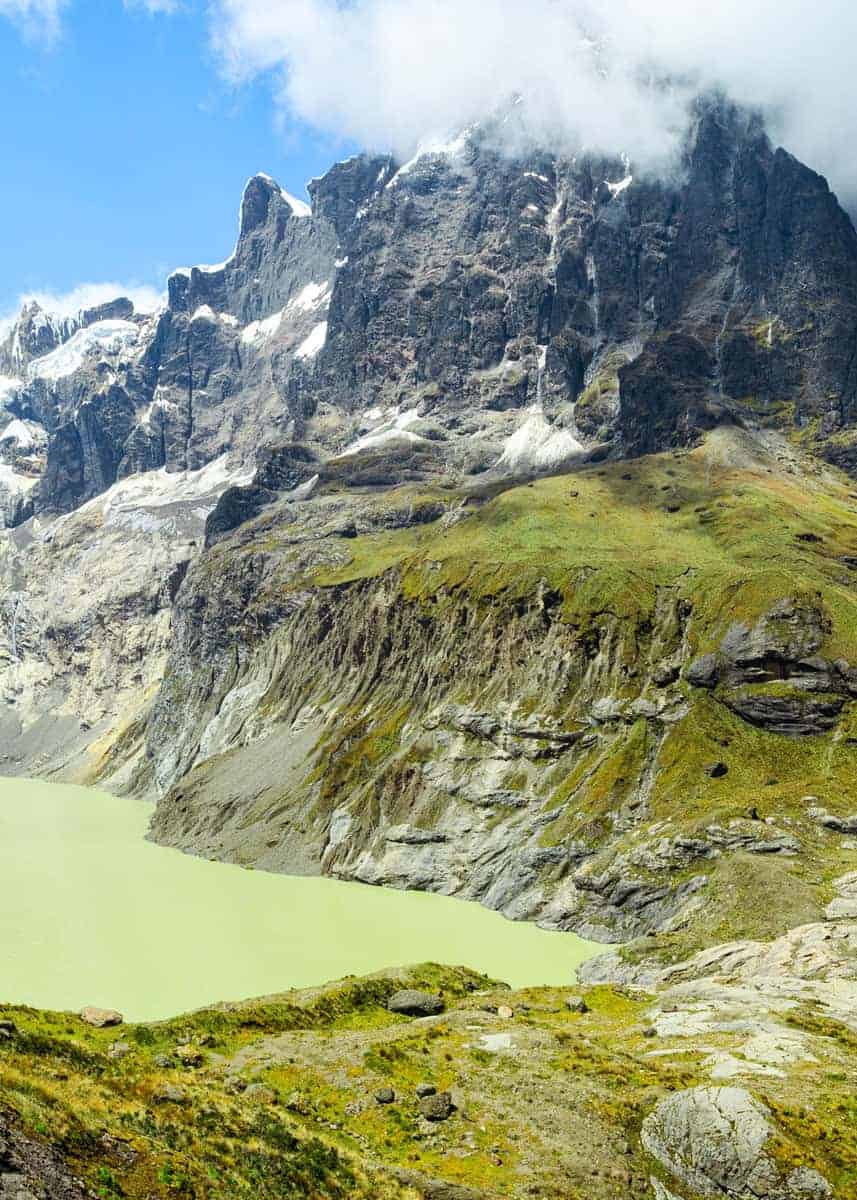
And there you have it. All 36 national parks, reserves, and refuges in Ecuador.
As you visit these locations, make sure you have a decent camera and sun hat. Sunburns and bad photos don’t make good memories.
Your Turn
We hope you’ve enjoyed learning more about all of Ecuador’s national parks, reserves, and refuges. In future posts, we’ll cover each of these in more detail.
Which one is your favorite? Have you been to any of these? Let us know in the comments!

